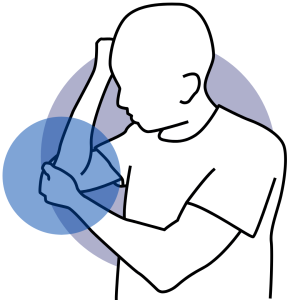
CARTILAGE DISORDERS
Articular cartilage is a type of tissue that protects the ends of bones and ensures smooth movement in joints. However, cartilage disorders can occur for various reasons. This can cause problems such as pain, swelling and limitation of joint function. Cartilage disorders refer to damage or wear of the articular cartilage. This can often be caused by overuse, injury, genetic factors or aging. Cartilage disorders are particularly common in joints such as the knee, hip, shoulder and wrist.
CAUSES
Traumatic Injuries:
Damage to articular cartilage can occur as a result of falls, sports injuries or accidents.
Overuse:
Constant overuse of a particular joint can lead to wear and deterioration of the cartilage.
Genetic Factors:
Genetic predisposition can make some people more prone to cartilage disorders.
Inflammatory Joint Diseases:
Inflammatory joint diseases, such as rheumatoid arthritis, can lead to cartilage disorders.
Aging:
The aging process can cause the natural wear and weakening of joint cartilage.
SYMPTOMS
Pain and Swelling:
Pain and swelling may be felt in the joint area.
Joint Stiffness:
Stiffness and limitation in joint movements.
Protrusions and Cracks:
Protrusions or cracks may appear on the joint surface.
Sticking Sensation in the Joint:
Sticking or locking sensation in joint movements.
NON-SURGICAL TREATMENT METHODS IN CARTILAGE DISORDERS
Physical Therapy:
Special exercise programs that strengthen the joint and increase its flexibility.
Pain Management:
Painkillers, anti-inflammatory drugs and corticosteroid injections.
Weight Control:
Excess weight can increase the load on the joint; therefore weight control is important.
Recreation and Activity Organization:
Avoiding certain activities to help cartilage healing.
SURGICAL TREATMENT METHODS IN CARTILAGE DISORDERS
Arthroscopic Surgery:
Camera and instrument access into the joint through small incisions can be used for cartilage repairs.
Cartilage Transplant:
Cartilage from a healthy area can be transplanted into a damaged area.
Cartilage Repair:
Repairing cartilage damage with special surgical techniques.
Joint Prosthesis:
Prosthetic joint implants to replace the damaged joint.




.png)
.png)
.png)